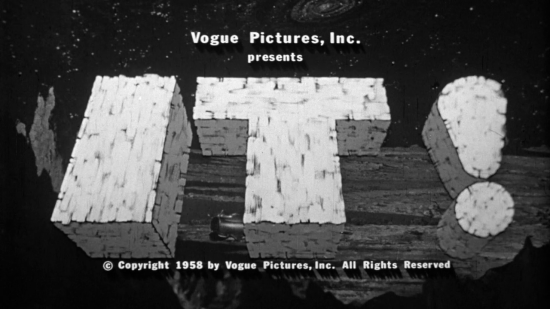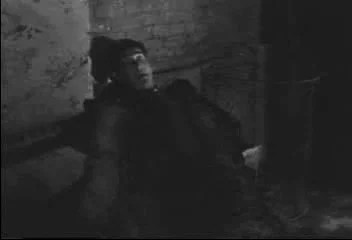Sometimes, the Journey goes to the movies; sometimes, we're sorry we did.
If you are a regular reader of this column, or you tune in to KGJ, you've probably read some of my film reviews. An off-script discussion was broadcast recently summing up all the movies my daughter and I have watched since the Journey took off.
We've seen some excellent flicks and some bad flicks, but I don't think we've ever seen anything quite so bad as what we saw last weekend, the newly released…

First, the summary. 12 to the Moon is, as one might expect, the story of the world's first lunar landing, some time near the end of the 20th Century. The incredibly capacious spacecraft, Lunar Eagle One, features a truly international crew, and two of them are even women. The leader of the expedition is, naturally, an American and the hunkiest of the bunch. Other nationalities represented include the United Kingdom, France, Germany, Israel, Russia (not the Soviet Union), Poland, Brazil, Turkey, Japan, Sweden, and Nigeria.
The ship is atomic powered, so the whole flight takes all of three hours. Yet, in that time, the crew feels compelled to take a shower (don't worry–they use waterless sonic showers to get clean). I'm thinking the lead actor really wanted to do this scene, or perhaps the director really wanted to see him in this scene. Why buy beefcake if you're just going to leave it in the freezer?

Along the way, the ship runs into a swarm of meteors that make little whizzing noises as they fly by. Thanks to the skillful Nigerian navigator, and the help of a conventional two dimensional compass, they avoid the hazard.

The Moon turns out to be a place of wonders. Water vapor sublimates from open vents. Gold is found in giant nuggets. Two of the crew, apparently lovebirds with a long history, find a cave with air inside. They promptly take off their helmets to sample it, the most scientific method available to them, I'm sure.



But the Moon also holds its horrors. First, the romantic pair disappear into a misty portal. Then, the Russian scientist burns his hands on a stream of liquid. Several of the crew get caught in a deep pool of pumice quicksand.

The crew returns to the ship at least three members short (it's hard to keep track). Whereupon they begin getting teletype messages from the telepathic inhabitants of the Moon. The script is ostensibly East Asian, and the Japanese scientist can read it. But I can tell you as someone fluent in Japanese, that ain't no Kanji.

In any event, the Moon People are sick of humanity bombarding them with probes. They've decided to keep the romantic pair for study of the emotion called "love." They also want a couple of cats, which were thoughtfully brought along aboard Lunar Eagle One. They don't ask for the dog or the monkeys. Well, there's no faulting the aliens for taste. Then, the aliens tell the remaining humans to go home.
On the way back, there is more drama. They dodge another swarm of meteors–I guess they just sort of hang out in cislunar space. The Israeli and the German, who started the journey wary of each other, become fast friends when the latter has a heart attack and reveals that his father was an inhuman Nazi, for whose memory he has devoted his life to atoning.

As the ship nears the Earth, an ominous silence greets the radio calls from Lunar Eagle One. Upon closer inspection, it appears that the entire Western Hemisphere has undergone some sort of deep freeze, the obvious work of the Moon People.

The Russian hatches a plan to save the Earth–by dropping an atomic bomb into a big volcano. Of course. Why didn't I think of that? And why, if it's so obvious, didn't anyone in the Eastern Hemisphere think of it?
The German and the Israeli, now the best of pals, draw the short straws to drop the bomb in a little shuttlecraft. Their aim is true, but it has no effect on the alien ray. Moreover, they die in the process.
But not in vain! For the Moon People were watching their noble sacrifice, and they decide that people ain't so bad after all. Thus, they turn off their freeze beam (which by this time was chilling Lunar Eagle One as well), and it develops that everyone who was frozen is actually just fine, thank you.
Cue happy music…

And…

So, that probably all sounds pretty good, doesn't it? It looks pretty good, too, thanks to the cinematography of veteran John Alton.
But it's not. It's stultifyingly boring. The "plot" is just a series of events, one after another, with no real cohesion. The acting is the worst kind of wooden. The science is poor (though I did appreciate that the ship turned around half way to the Moon rather than accelerating the whole way). There are concessions to the tiny budget–for instance, the helmets don't even have visors. Halfway through, my daughter was pounding her seat in frustration and asking to leave.
I'm a bad dad. I wouldn't let her go.












































































